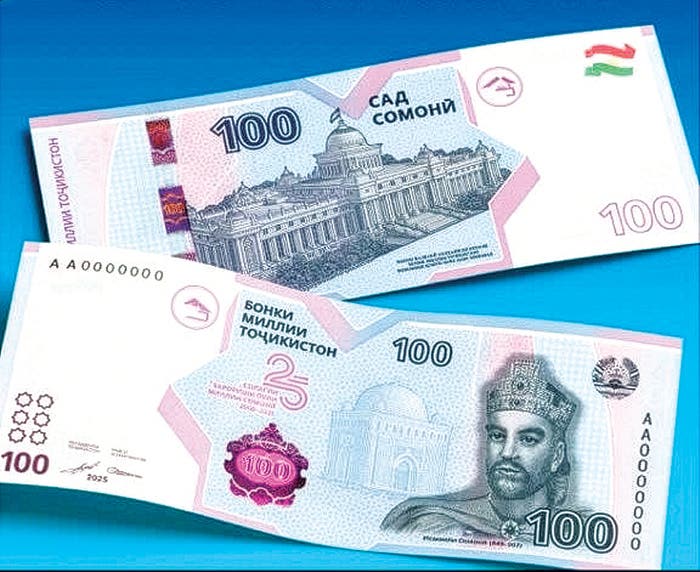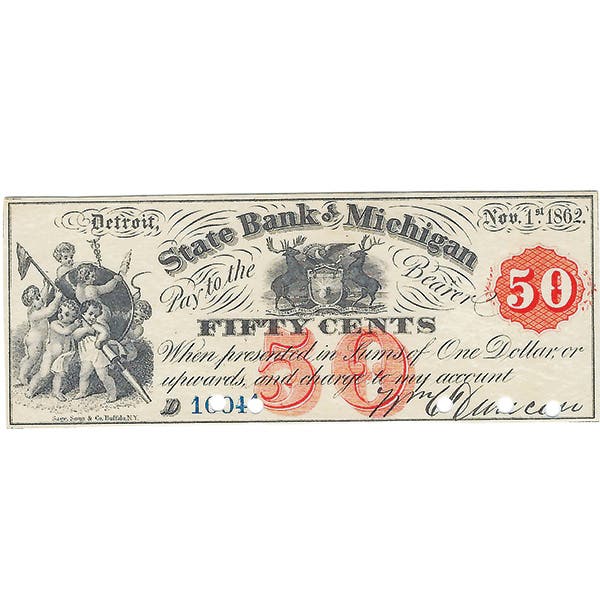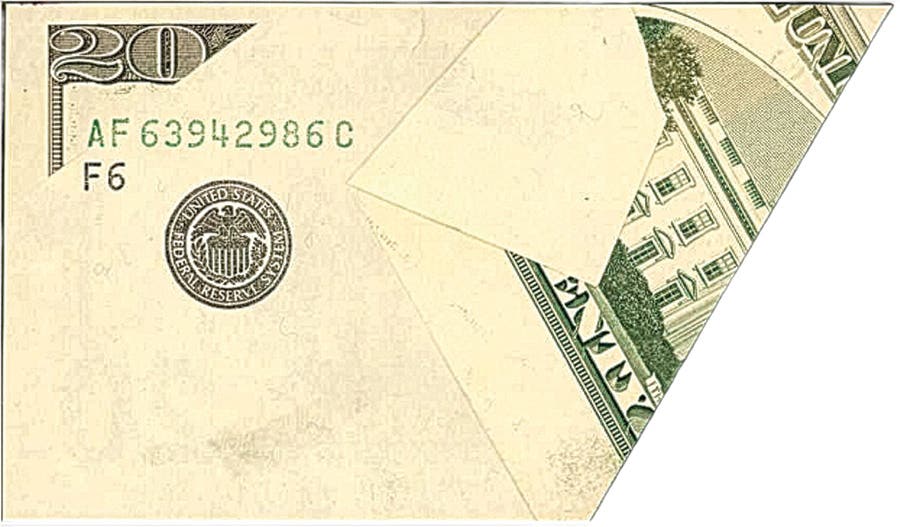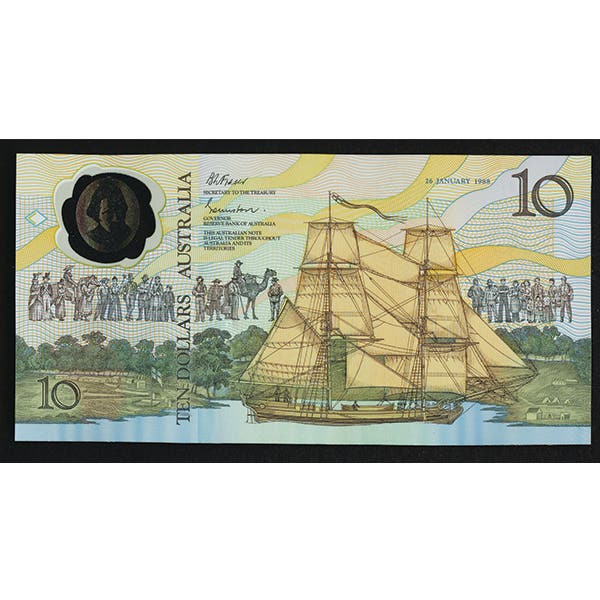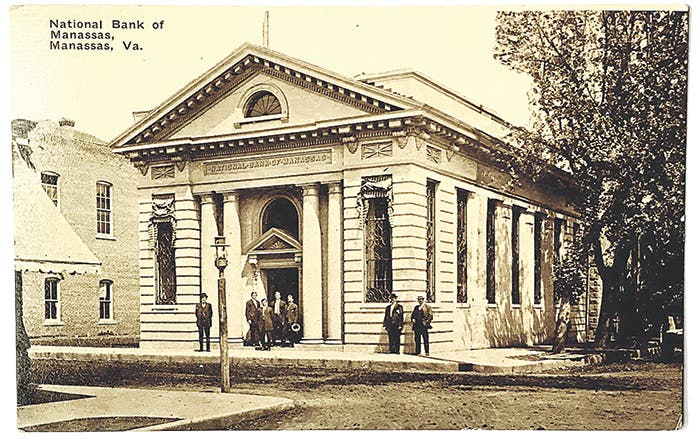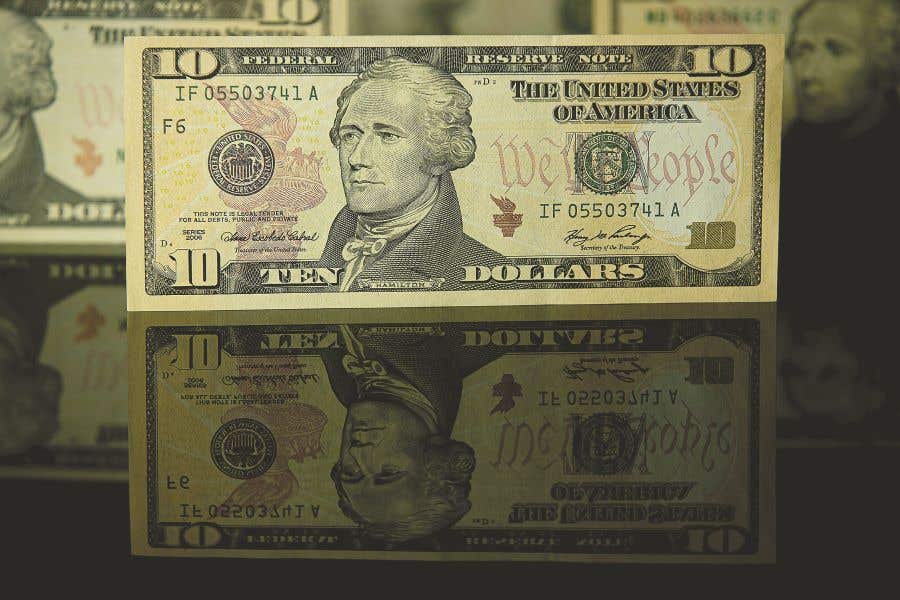Watch notes for new Treasury signatures
Well, my brother turned 51 during the week that this issue was being produced. I attended a family birthday party that his wife had arranged. One of the people in attendance was my 11-year-old grandnephew. He is at the prime age to have an interest in every sort of thing, including collectibles.
Well, my brother turned 51 during the week that this issue was being produced. I attended a family birthday party that his wife had arranged.
One of the people in attendance was my 11-year-old grandnephew. He is at the prime age to have an interest in every sort of thing, including collectibles.
In addition to hearing about his interests in cross country and wrestling, I got the news that stamps are his current new collectible interest. Coins have been placed on the back burner. While they haven’t disappeared entirely from his radar, they have receded.
That is to be expected. I was even interested in stamps once, though I passed through that phase very quickly and never looked back.
There was some family commentary about the upcoming change in Presidents and I couldn’t resist the opportunity to show my grandnephew the facsimile signature of the secretary of the Treasury that appears on Federal Reserve Notes, the only form of paper money now used by the United States.
The note happened to be a Series 2006 with the signature of Henry M. Paulson Jr. on it, a name most people would not ordinarily recognize except for his recent crash course in saving the nation’s banking system.
Usually it is just the paper money collectors that know who the Treasury secretary is.
So, as my mini-lesson continued, I said that since President-elect Barack Obama has indicated that his choice to be Treasury secretary is Timothy F. Geithner, that will be the new signature on the note come next year.
And, in keeping with modern practice, when the signature changes, the series date will change, too, so come next spring, there will be a ceremony at the Bureau of Engraving and Printing for the new Treasury secretary to provide his signature for use on American paper money.
At the family party, I did not know what Geithner’s middle initial was, but since he is the president of the Federal Reserve Bank of New York, it was not hard to find out that it is “F.”
On the new series of notes will be a signature of a new Treasurer of the United States. That person has yet to be named, so we do not know yet what signature will be on next year’s note.
I did not tell my nephew the part about the treasurer. I simply said look at the signatures on the notes you get next year and wait for them to change.
What will happen? I don’t know. Stamps may turn into his hobby of choice, but since he is of an age to try many things, I figure why not get him looking at the paper money that passes through his hands. He does not have a paper route like I did at that age, but that doesn’t mean he isn’t acquainted with American cash.
I was pleased when he recalled a paper money gift I had given him years ago, so maybe, just maybe, there will be a numismatic future for him, too, no matter what happens to his current lively interest in stamps.
Collectors tend to collect many things and one interest does not preclude another. There is nothing wrong with a stamp and paper money combination.




